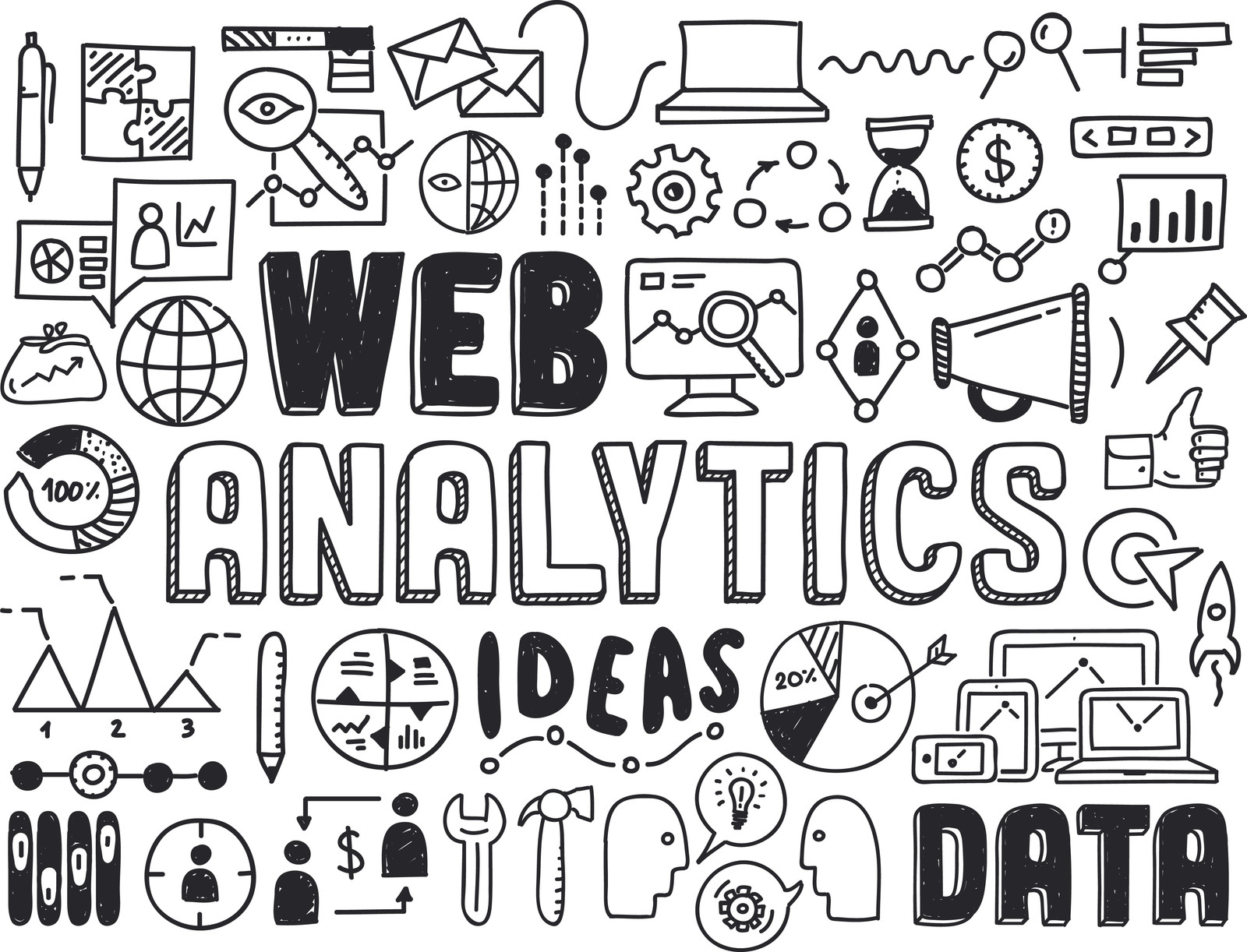
29 Aug Purpose Built Analytics
Analytics and big data is all the rage now. With the proliferation of supply chain data from so many sources – from manufacturing line data to logistics data to supplier quality data to inventory, supply chain performance can be impacted in a positive manner by finding value opportunities and thereby making a material impact on corporations. Some efforts in big data and analytics yield disappointment to management, due to the fact that the concept of Purpose Built Analytics was not leveraged. What is purpose built analytics? Like any topic, we can write for days about it, but here are three things to know about purpose build analytics:
Purpose built analytics should be easy to take action on. Like most analytics systems, the challenge is information overload for most members of an organization. While companies can use and display numerous KPIs, most individuals only need to focus on a sub-set. One primary purpose of a KPI is for someone to take action. A logistics manager does not need to fully understand supplier quality; the logistics manager just needs to collaborate with a supply management team to understand the impact of supplier quality and enable the team to focus on solving a supplier quality problem.
[optin-monster-inline slug=”vjersqvnww1scv2mwjx4″]
Purpose built analytics should be contextual. In wikipedia.org, one definition of insight is:
an understanding of cause and effect based on identification of relationships and behaviors within a model, context, or scenario.
In a supply chain context, we can add the phrase “for a specific purpose” at the end of the definition and we now have another attribute of purpose built analytics – providing insight based on a very specific purpose. While the massive amount of supply chain information makes it harder and harder to determine how to impact performance, providing purpose-based insight offers organizations the right information to improve decision-making. The key issue is the ability to find value in the data – nuggets of information where it is too hard or too hidden.
Purpose built analytics is more than just Business Intelligence. To garner insight from such massive amounts of information, technology more than pre-build data cubes is required. The ability to access data from very different sources, accessing direct and in-direct KPIs, accessing unstructured data and structured data are facets of purpose build analytics programs. Once the information is available, the information must not just be shared, but offered in a collaborative framework so enable teams and sub-teams within an organization to review specific nuggets, digest those nuggets and as a team, offer insights to improve supply chain performance of the organization.
To summarize, purpose based analytics is taking standard business intelligence to a new level by providing contextual insight and actions for supply chain organizations – both at the group level and at the individual level.


